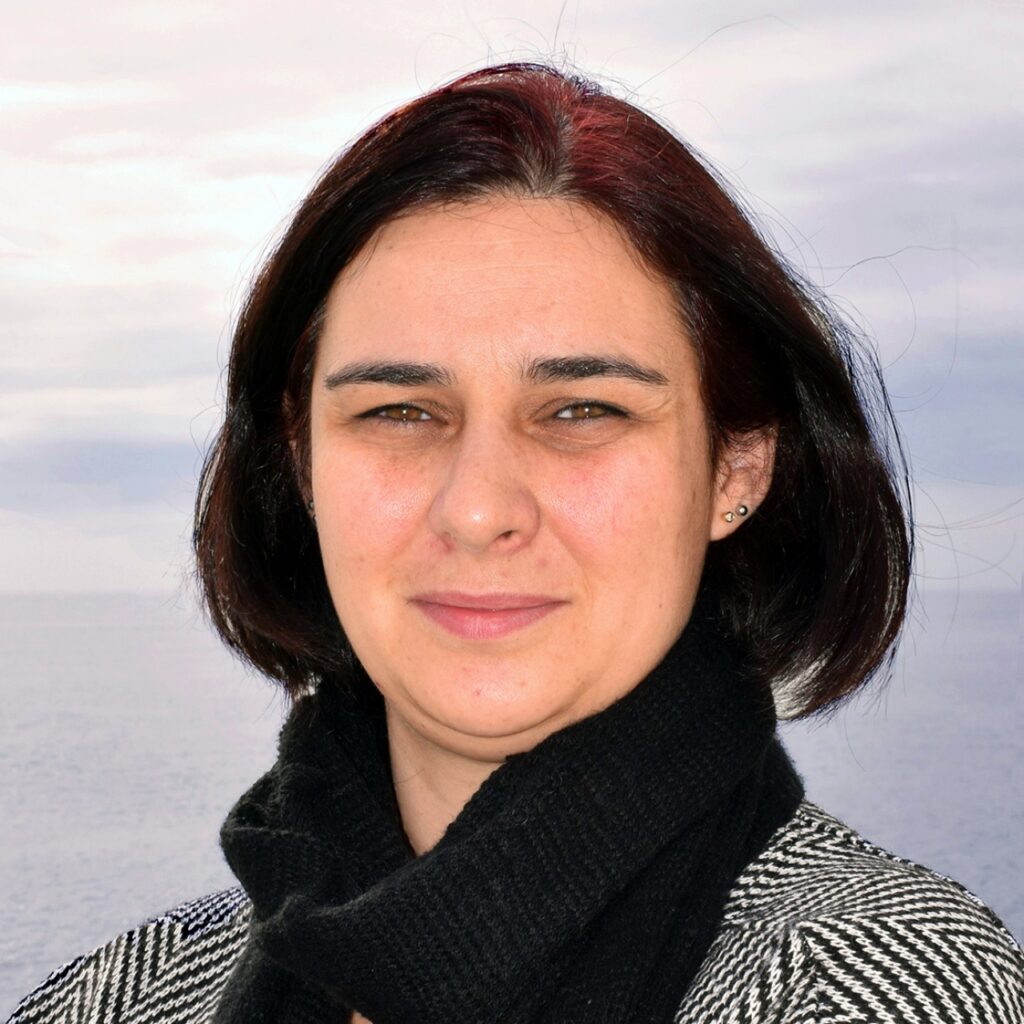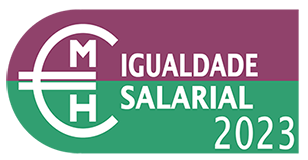

Investigador
Ana Catarina Guedes licenciou-se em Microbiologia em 2002; obteve o grau de Doutor em Biotecnologia com especialização em Microbiologia pela Escola de Biotecnologia da Universidade Católica Portuguesa (ESB-UCP) sobre o tema: “Produção, extração e caracterização de metabolitos selecionados de microalgas e cianobactérias”, em 2010.
EQUIPAS DE INVESTIGAÇÃO:
Biodiversidade Costeira









